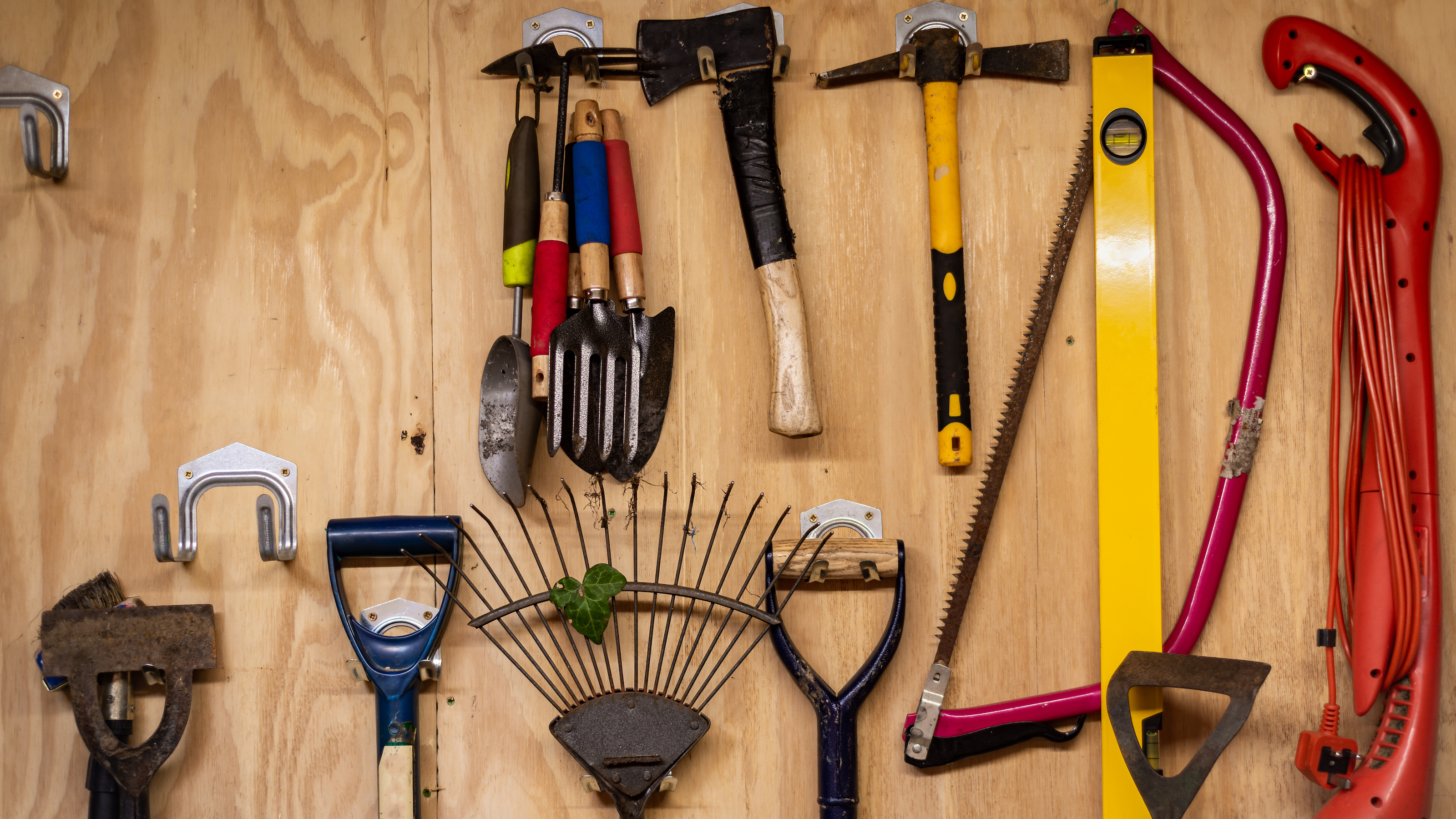I test the performance of the Ryobi R18MT Multitool with a variety of DIY tasks
The Ryobi R18MT Multitool promises a great mix of sanding, cutting and grinding functions – but how effectively does it perform when put to a variety of practical DIY tests?
You can trust Homebuilding & Renovating.
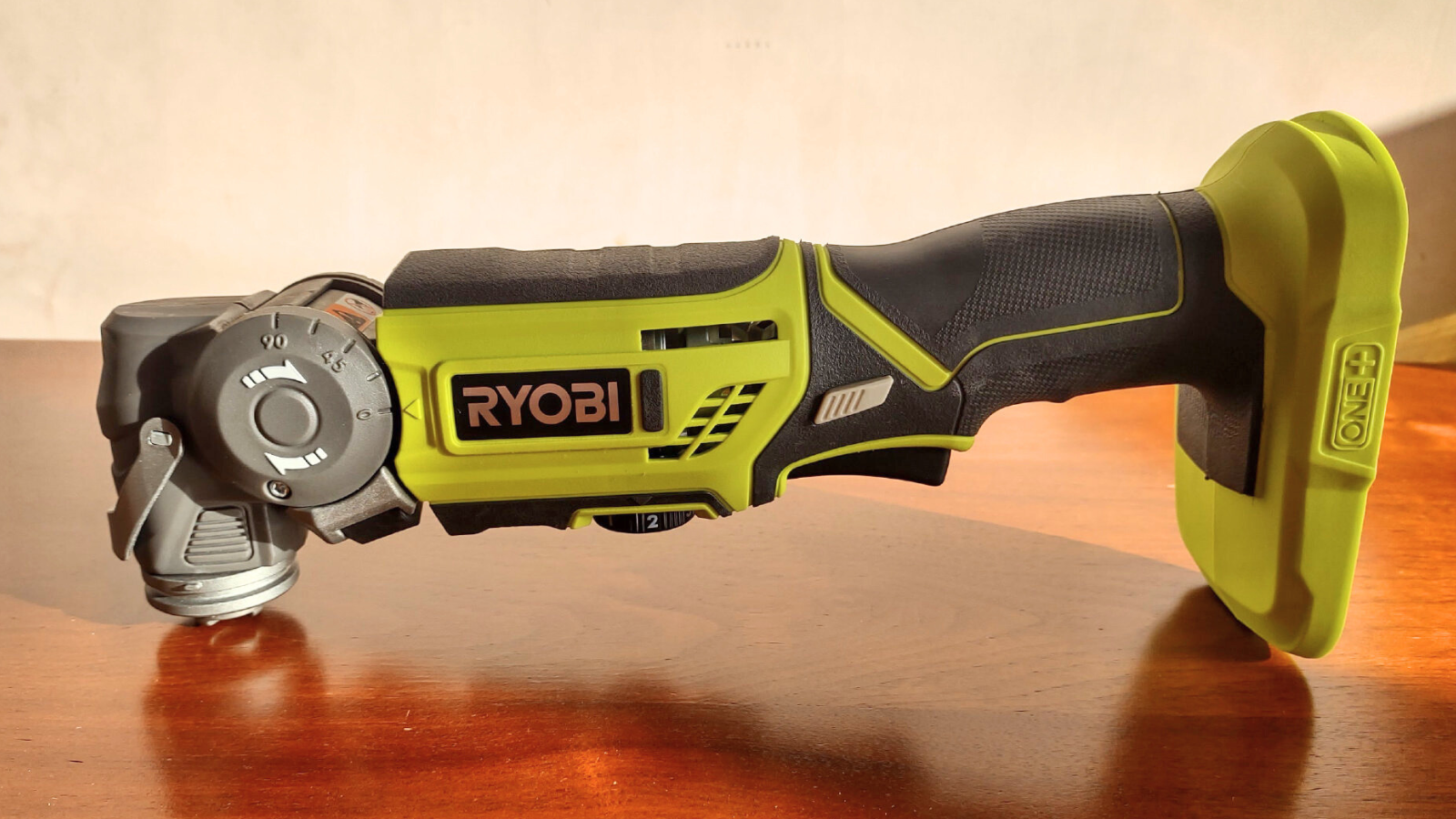
If you’re looking for a versatile power tool that can be used for a variety of DIY tasks, the Ryobi R18MT may be the product for you.
This oscillating multitool is part of the user-friendly Ryobi 18V ONE+ system and it touts itself as a small but mighty product. Combining robust construction with a short-bodied design, the Ryobi R18MT helps you to observe and control the work you’re doing and promises exceptional plunge cutting and grinding capabilities.
I wanted to know how the Ryobi R18MT would perform when it was put to the test. So I put the multitool through its paces with a variety of everyday DIY tasks designed to see if it's worth your purchase.
Product Overview
As you’d expect of a multitool, the Ryobi R18MT has several uses. These include:
- Sanding and finishing materials such as metal, wood and plastic, using the bundled-in sanding pad with a compatible sanding sheet.
- Scraping and plunge-cutting into materials such as metal (non-ferrous), wood, plastic and plaster, using a compatible cutting blade attachment.
- Cutting holes in walls for switches or power sockets, using a compatible cutting blade attachment.
- Removing detritus such as old grout and adhesive.
- Grinding surfaces
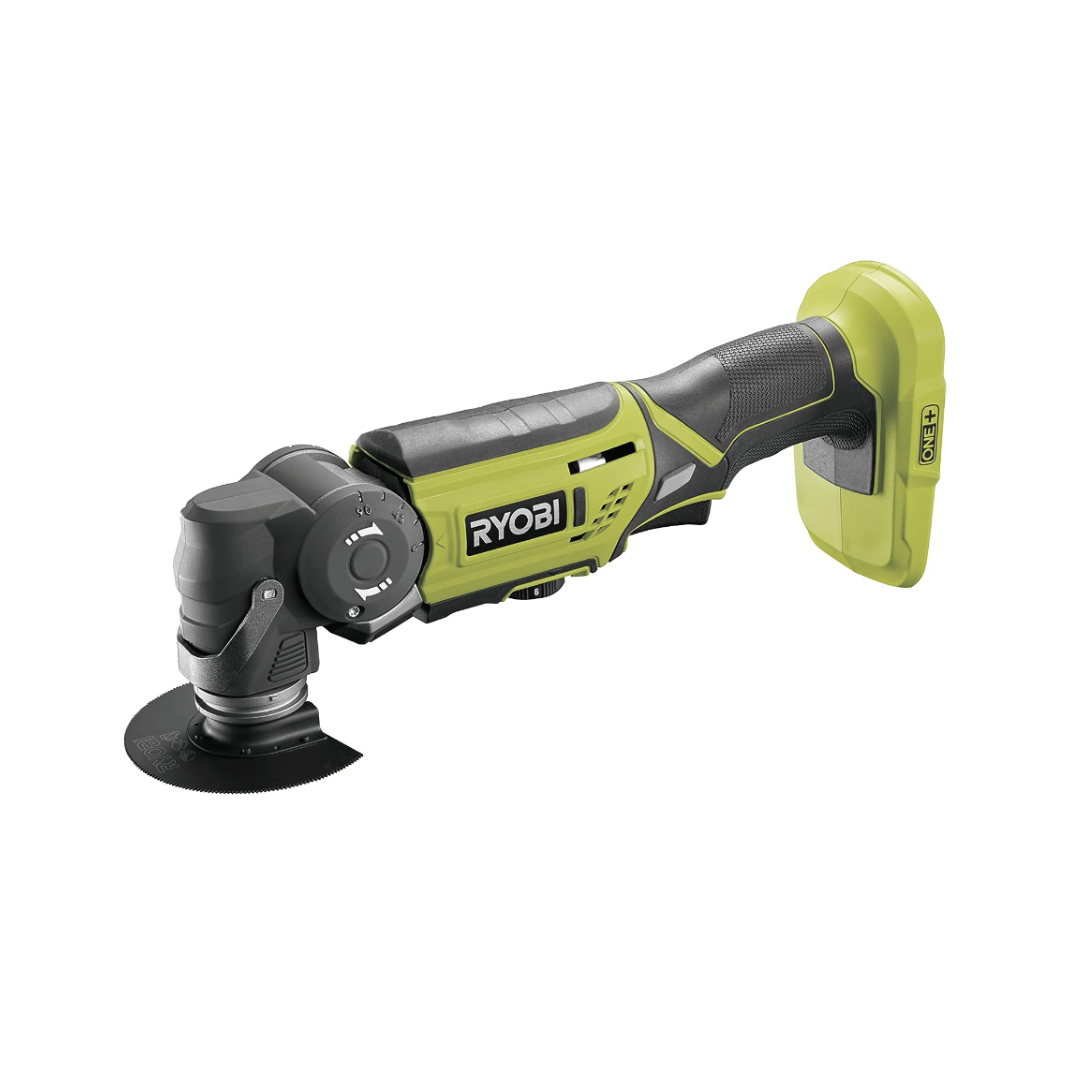
Model: R18MT TYPE II Voltage: 18 V No load speed: 10,000 - 20,000 oscillations per minute Oscillation angle: 3.2° Weight (without battery): 0.92 kg Noise rating: 84.5 dB (sound pressure) Power input: compatible 18V lithium-ion battery (cordless) Features: adjustable head, lock-on button
What's Included?
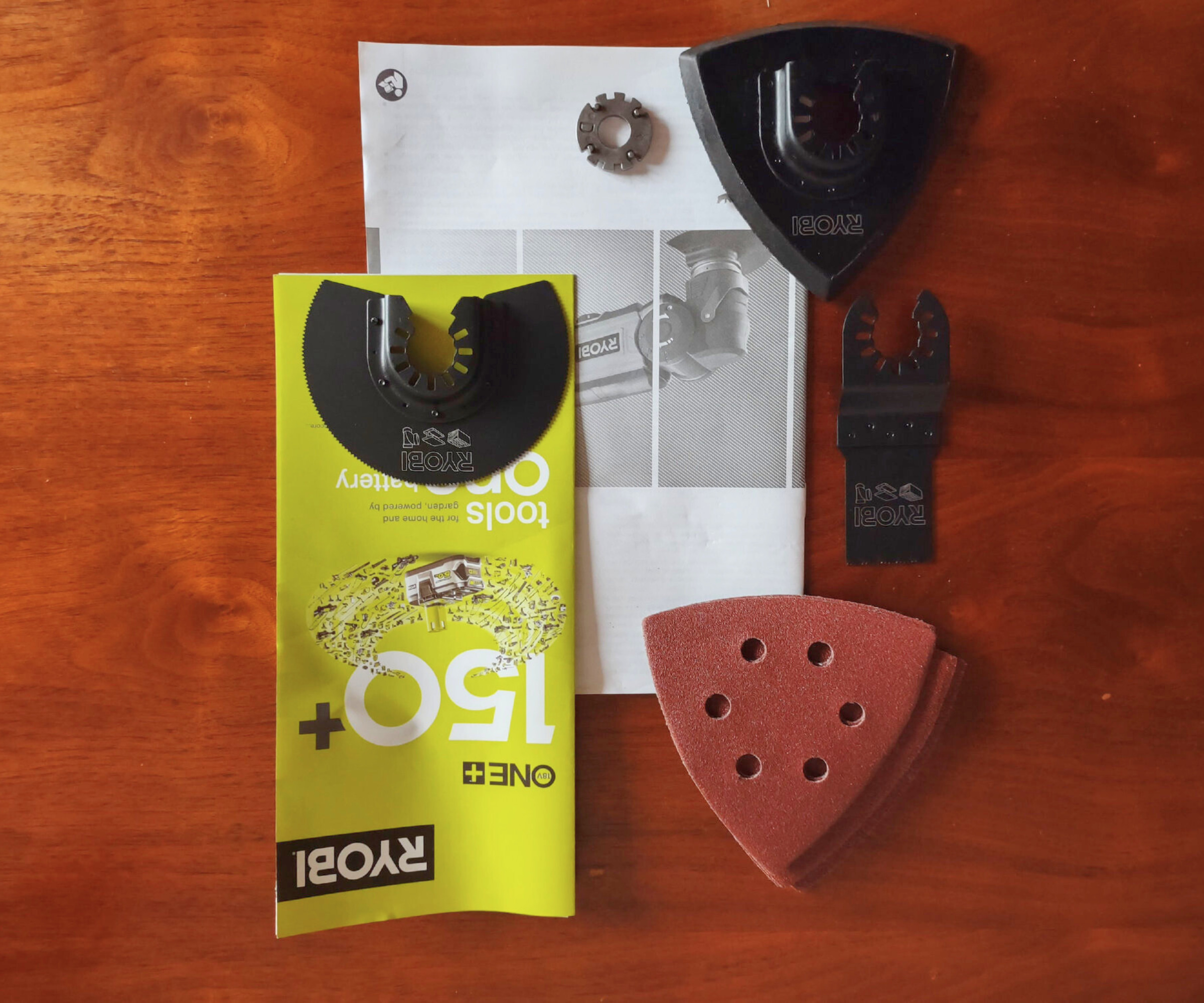
The Ryobi R18MT Multitool comes with the following accessories and attachments:
- Sanding pad
- 6 x abrasive sheets (various grades)
- Plunge cutting attachment
- Segmented cutting attachment
- Adaptor
- Instruction booklet
It's worth noting that it does not include a carry bag, which would have been a useful addition.
How does the Ryobi R18MT Multitool perform DIY tasks?
I tested the Ryobi R18MT with a series of common DIY tasks, including plunge cutting, sanding and grinding:
1. Plunge cutting
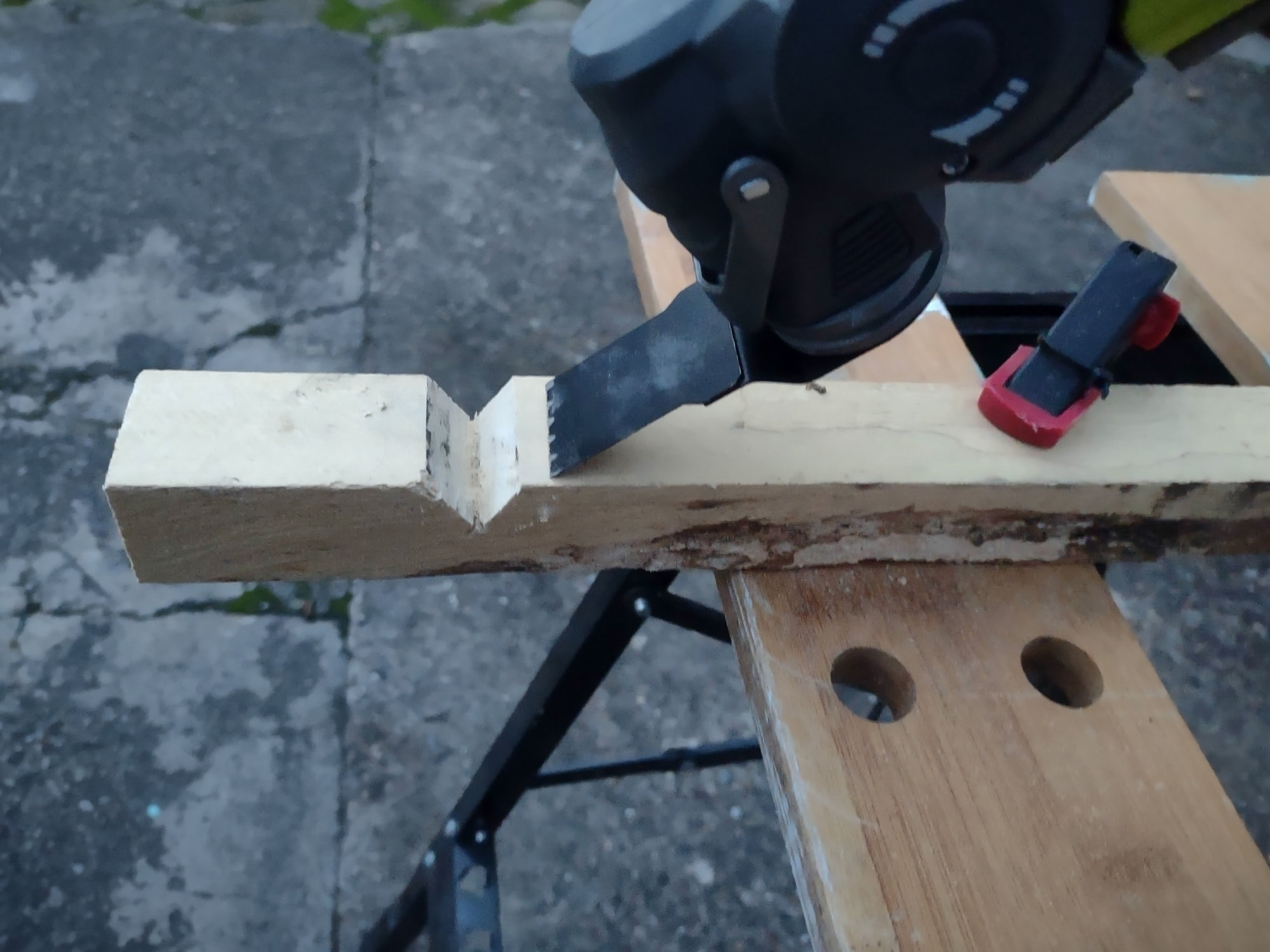
In my hands-on testing, the R18MT was at its most impressive when used for plunge cutting (which means cutting straight into the surface of a workpiece).
With the tool’s plunge cutter attachment in place, I was able to neatly cut into the surface of wood, either straight or at an angle. The attachment cut quickly, especially when I had the oscillation speed set to maximum. Using the R18MT, it was possible to cut neat wedges out of my test materials.
Top tip: you can use the adjustable head of the R18MT to help you cut into a material at the desired angle, by holding the tool horizontal while the blade cuts.
2. Cutting with the flush cutter
The R18MT seems to be a little less powerful when used with its segmented cutting blade. Despite the intended metal-cutting capabilities of the segmented cutter attachment, the tool struggles to cut into hard materials such as metal.
On a positive note, the R18MT was able to cut wood, slowly and accurately, using the segmented cutter attachment. I’d recommend using this feature only for wood, plaster, and relatively soft metals. To cut harder materials, consider using an appropriate angle grinder or tile cutter instead.
3. Sanding
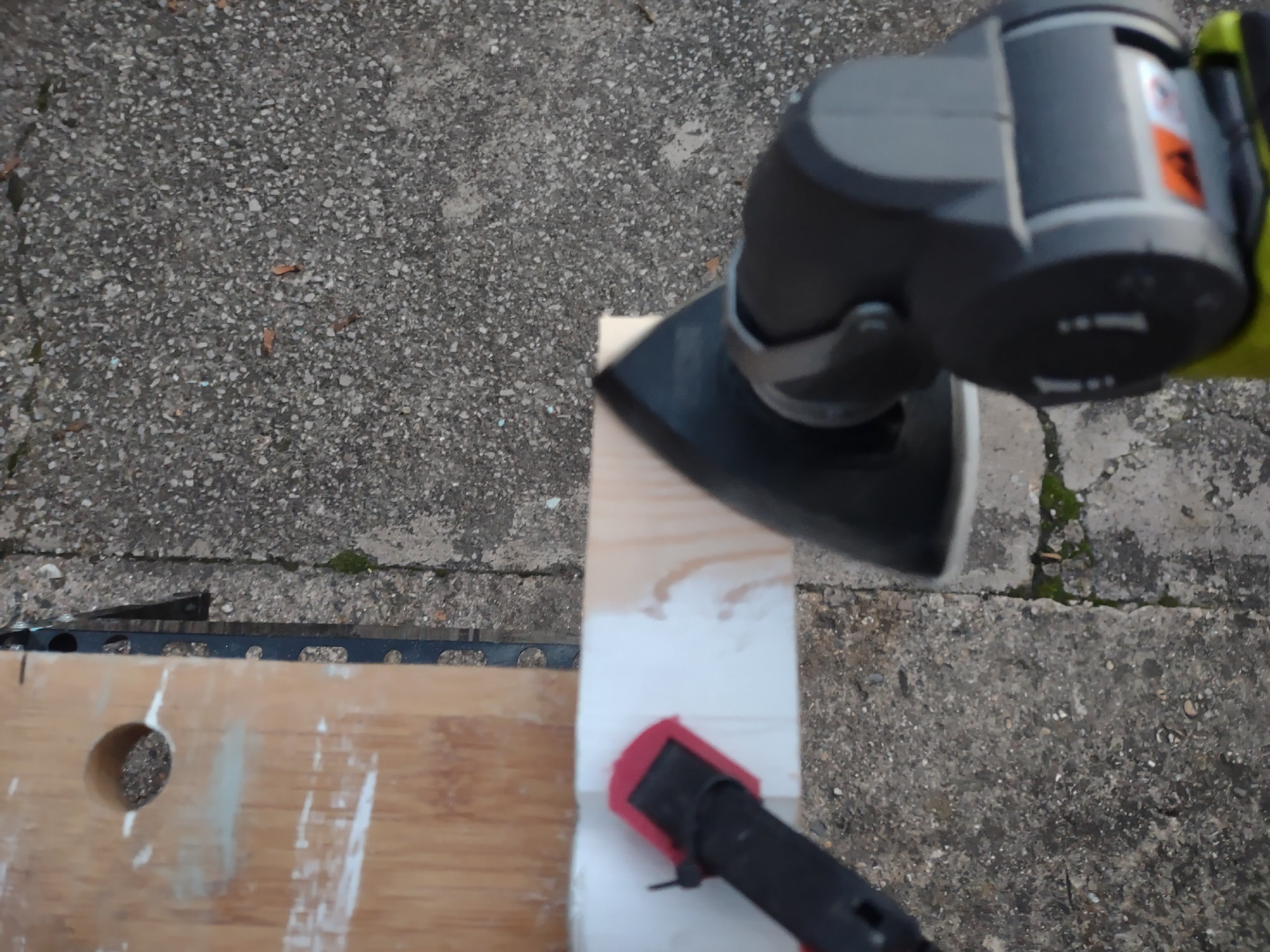
While sanding isn’t the R18MT’s strongest suit, there’s a good chance you’ll be able to use this tool for certain sanding tasks.
With the sanding pad and a compatible abrasive sheet fitted to the multitool, I sanded a variety of hardwood and softwood workpieces. The R18MT struggled to sand oak – but there’s no shame in that, as some of the best orbital sanders aren’t great at sanding that famously solid material, either.
The R18MT fared much better when it came to sanding softwoods, or removing paint from the surface of a workpiece. The finish was pretty smooth, and the gently pointed footprint of the sanding pad proved useful for sanding highly specific areas.
4. Grinding
Another handy string to a multi-tool’s bow is grinding – whether you’re grinding a stone floor using a diamond-tipped segmented blade attachment, or removing detritus such as dried-on adhesive from a surface. Taking the less dusty of these particular options, I used the R18MT to remove some stubborn old adhesive that had once held some coving to a wall. The tool ground away the unwanted material quickly and accurately.
Is the Ryobi R18MT Multitool easy to use?
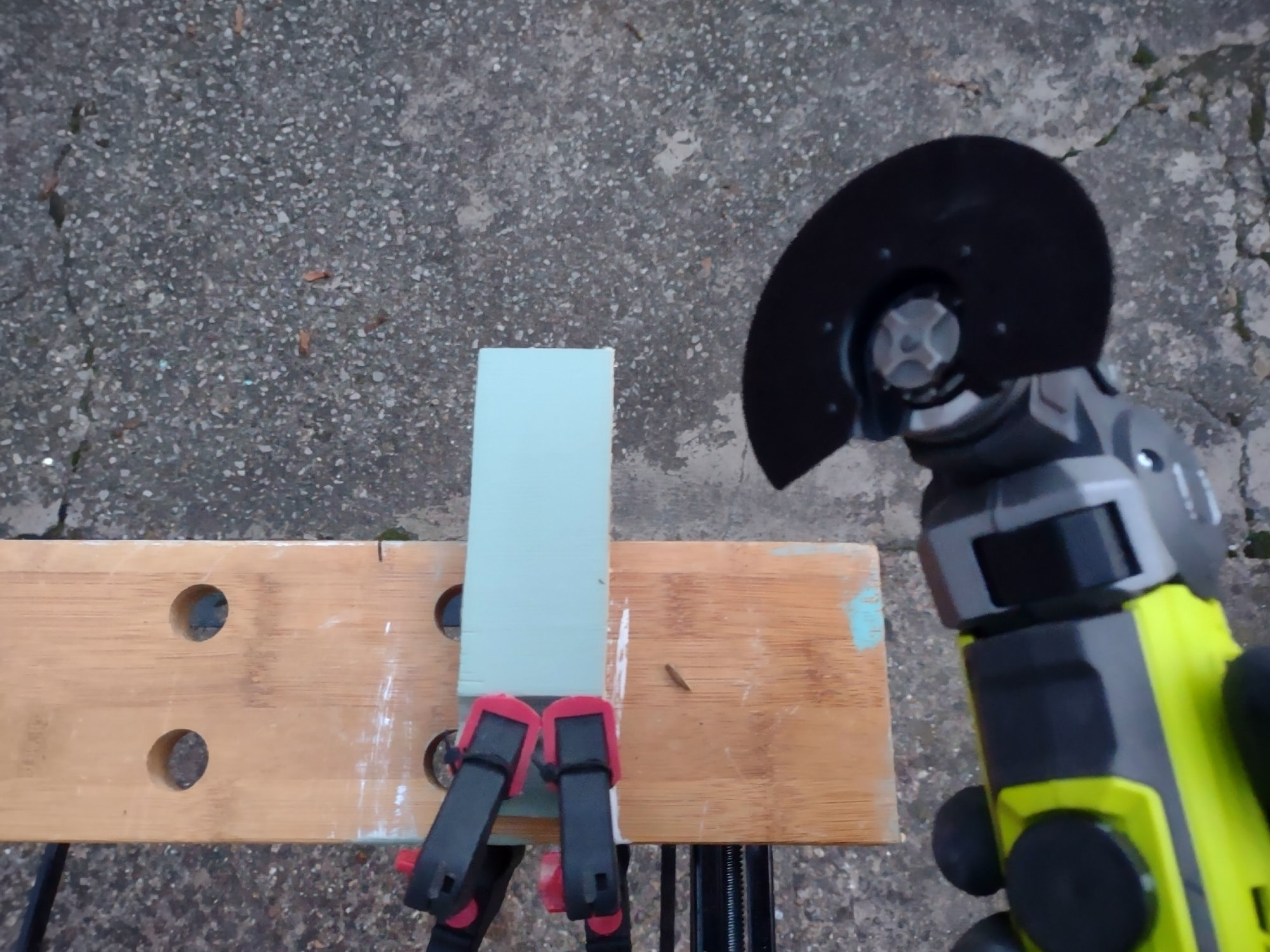
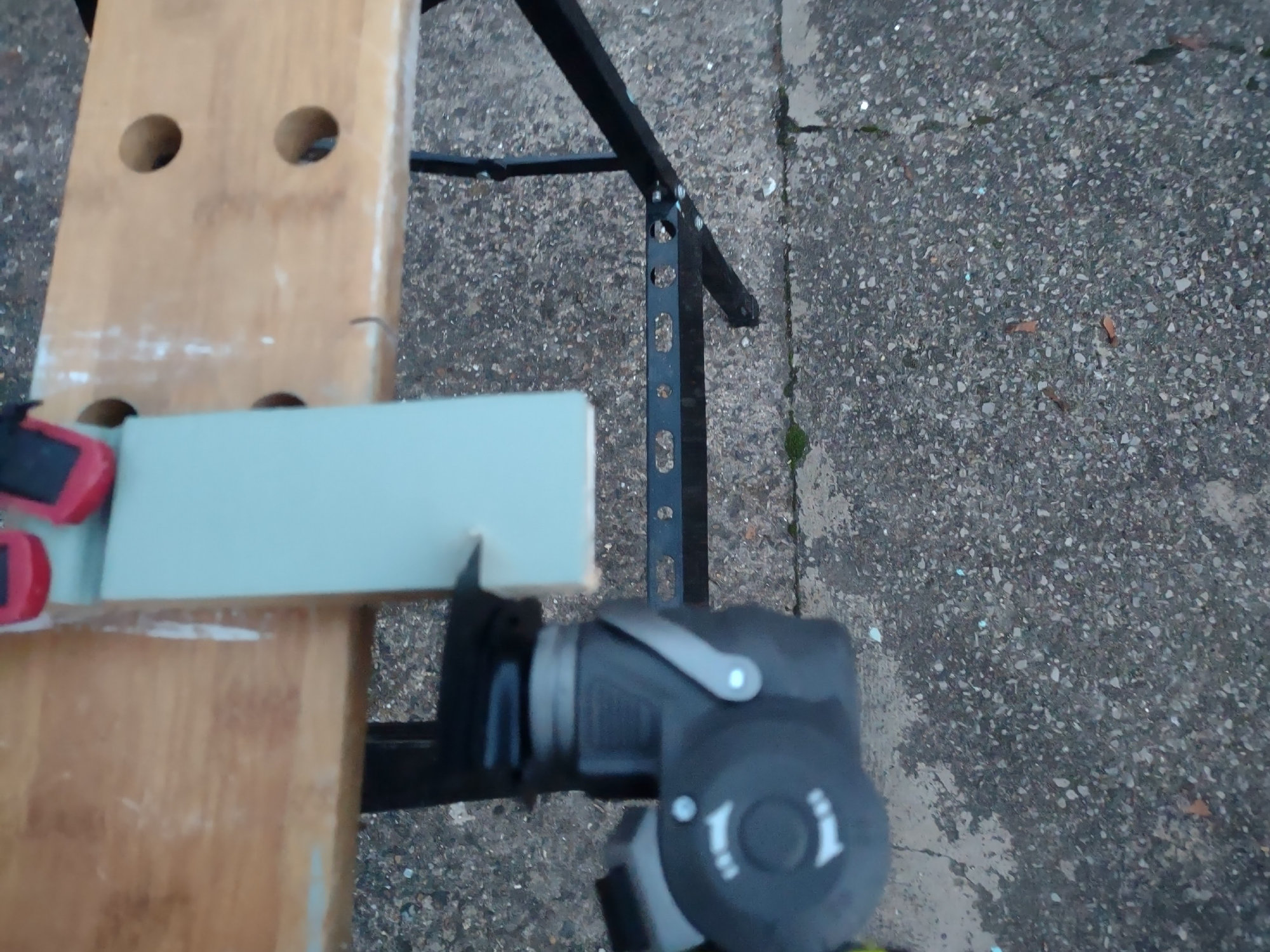
Oscillating multitools are often fiddly, noisy and generally quite tricky to use, when compared to certain other DIY tools like cordless drills. So, I was delighted to discover that the Ryobi R18MT is supremely user-friendly.
This multitool has some excellent, useful features that you won’t always get with this type of tool. For instance, there’s a head adjustment mechanism, so you can set the head to one of five angles: 0, 22½, 45, 67½ or 90 degrees. I can see this feature coming in handy for tasks such as cutting out wedge-shaped pieces from wood. There’s also a lock-on button, so you can keep the R18MT running without having to hold down the trigger. And a speed control dial allows to to set the speed of oscillation, before or during use.
Not only is the ergonomically moulded handle of the R18MT comfy to hold; there’s also a groove on the underside of the tool which will accommodate your forefinger while you use the tool two-handed. The R18MT proved a very good fit for my hands, which are medium-sized. Users with large hands might have a slightly harder time fitting both hands around the body of the tool.
Often, one of the most difficult aspects of using a multitool is changing the cutting/grinding/sanding attachments. Thankfully, this isn’t the case with the R18MT, which holds its attachments using a blade clamp secured by a blade lock/release lever. The lever is quite stiff, so don’t be afraid to push it up forcefully. When the lever is up, you can attach or remove an attachment, then clamp the blade lock/release down again, ready for use. I was impressed (and relieved) to note that the mechanism held attachments perfectly securely, whenever I used the R18MT.
Is the Ryobi R18MT Multitool the right option for you?
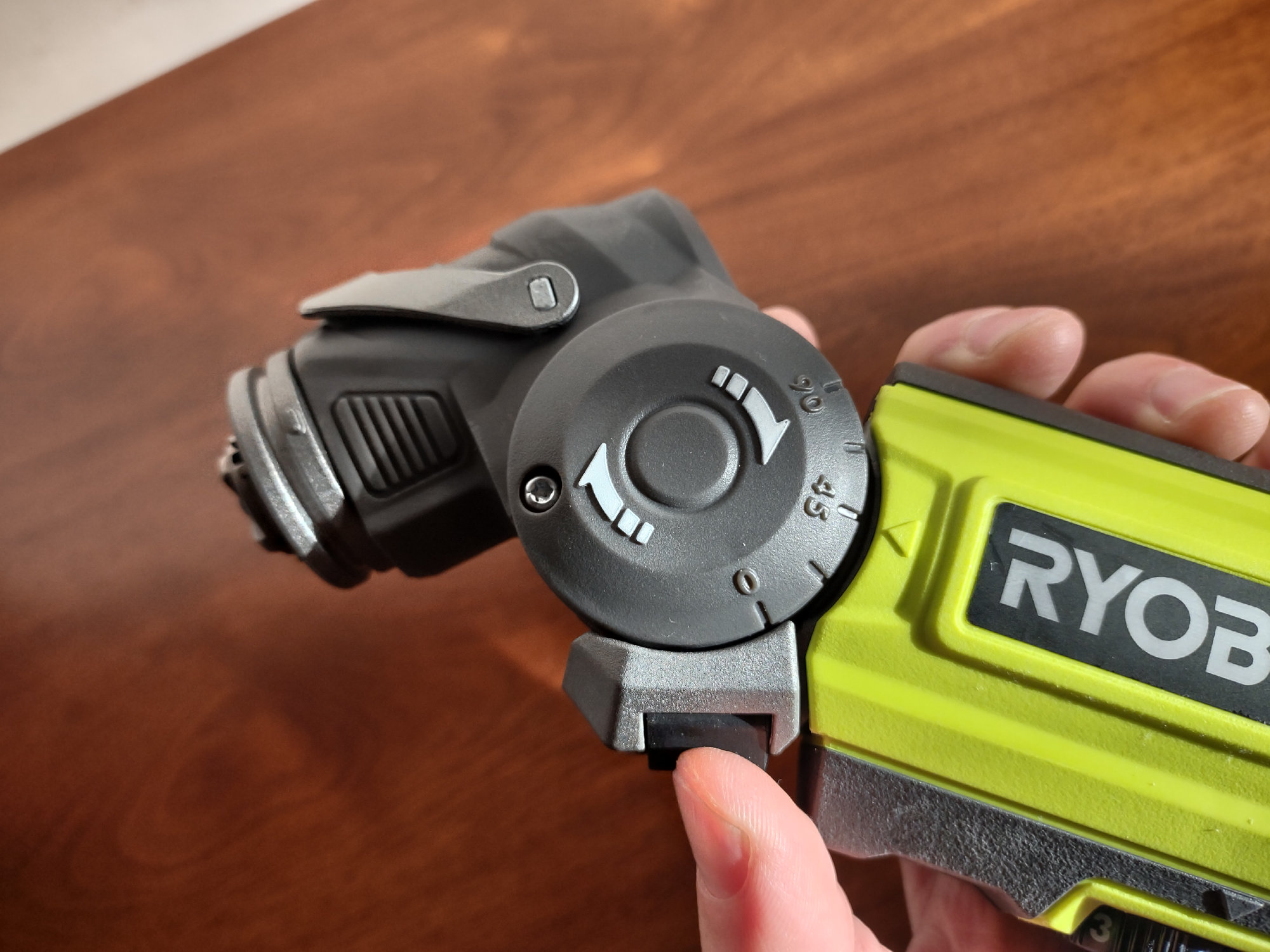
The great thing about an oscillating multitool like the R18MT is that it can give you lots of added DIY capabilities in a single product (plus attachments). The not-so-great thing is that the tool is unlikely to perform its various actions as well as a single-purpose alternative would.
With this in mind, the R18MT is an excellent choice for buyers who currently lack tools to perform multiple important DIY tasks, especially plunge cutting and grinding, both of which it does brilliantly. But for buyers who are looking mainly for just one function, it might be better to get a high-performing sander like the Makita BO5041, for example.
Some users, including tradespeople and DIYers who have very tough work ahead, will probably benefit from purchasing a more powerful multitool than the R18MT. Some trade-standard options, such as the Milwaukee M18BMT-0, will do a better job of cutting and grinding the hardest materials than Ryobi’s tool is able to do.
Should you buy the Ryobi R18MT Multitool?

I’d happily recommend the Ryobi R18MT to most DIY users – particularly those who are mainly interested in plunge cutting and grinding functionality. The Ryobi R18MT is currently available to buy on Amazon for only £99.95, making it a fairly affordable option for everyday household tasks.
It’s a particularly good choice of ‘multi’ for first-time users, with an accessible attachment-change mechanism and an intuitive design that’s easy on the hands. The adjustable head is another appealing feature, and one which you won’t find in many other multitools.
Another positive factor is the cordless operability of the Ryobi R18MT, which makes the tool easy to use all around the house. If you already own a compatible Ryobi 18V lithium-ion battery and charger, the R18MT becomes very good value for money.
Before you go ahead and buy this oscillating multitool, it’s worth taking a minute to consider whether you’re happy to use this type of tool at home. Some of the jobs you’re likely to do with it will generate dust, sparks or other airborne debris, so you should always wear a dust mask and eye protection while using the tool. Oscillating multi-tools like this one are among the noisiest of power tools, so you might want to wear ear plugs too. Also, bear in mind that the R18MT is not intended for use on wet materials, or in wet conditions.
With all that said, if what you want is a cordless oscillating multitool, the Ryobi R18MT is an effective and highly accessible option.
Oscillating multi-tools are not to be confused with rotary multi-tools, which have a different action (although they do have some uses in common).
Get the Homebuilding & Renovating Newsletter
Bring your dream home to life with expert advice, how to guides and design inspiration. Sign up for our newsletter and get two free tickets to a Homebuilding & Renovating Show near you.
Pete Wise is a freelance writer and keen DIYer from Leeds. Pete's tool reviews have featured in titles including Homebuilding & Renovating, Ideal Home and The Independent. He also writes features and news articles for publications such as The Guardian, BBC Good Food and T3. When he isn't busy writing, Pete can often be found at libraries, pubs and live music venues. He finds tile-cutting strangely zen.

